
Homes of Allegan Pioneers
Take a visual walk thru the past
Photos courtesy of The Allegan Historical Society

 |
Homes of Allegan Pioneers Take a visual walk thru the past Photos courtesy of The Allegan Historical Society |
 |
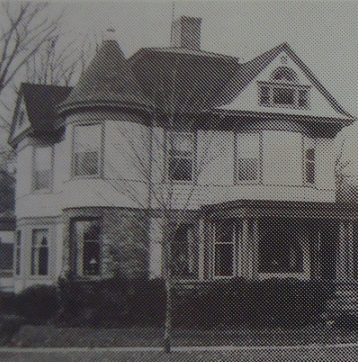 J. Stein House 403 N. Cedar, Allegan (1892) John Stein, a real estate salesman with suspicious character built this Queen Anne style house after he sold poor land west of Allegan to city dwellers and immigrants, misrepresenting it as high quality farmland. |
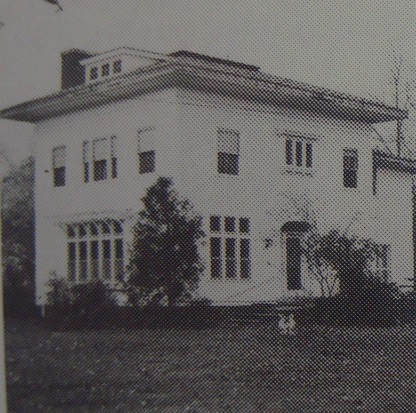 Arnold-Chaddock House 340 Monroe, Allegan (1865, 1920) William Chaddock, owner ot the Crescent Egg Company, remodeled what had been an Italianate house, updating it in the popular Craftsman style. |
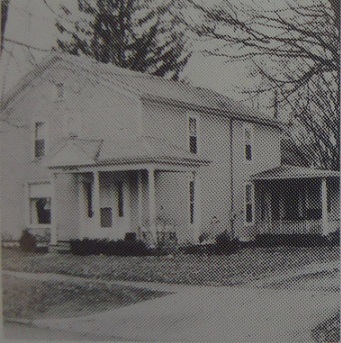 Boston Company House 334 Cutler, Allegan (1836) Col. Joseph Fisk built this house for the Boston Company, along with ten other houses that proprieters of Allegan City ordered that year. It was moved from the mill district to this location by a team of oxen. |
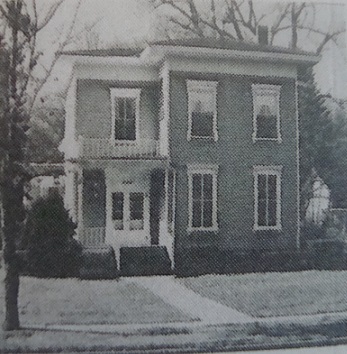 Clapp House 503 Cedar, Allegan (1869) Irving F. Clapp, a business partner in a local grocery store with Augustus Lilly, was owner this Italianate house with a decorative treatment of the front doors. |
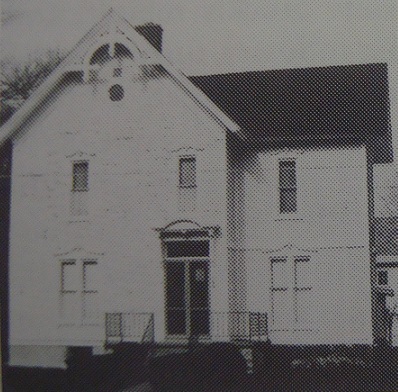 Dickinson House 440 Monroe, Allegan (1867) This house typical of the Victorian era was build for retired farmer Nathaniel Dickinson. The house displays decorative door and window, with a gable trim. Dickinson was considered an early pioneer of Allegan and he was invited to be a member of a country pioneer society. |
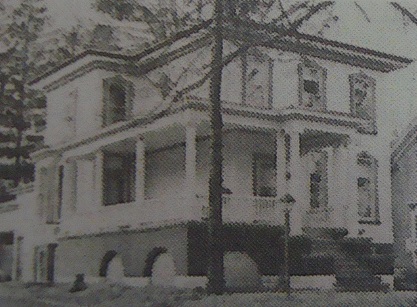 Hart House 121 Crescent, Allegan (1872) This house was home to a local attorney Hannibal Hart, who was voted for two terms as county clerk. This Italianate house has Colonial Revival influence. |
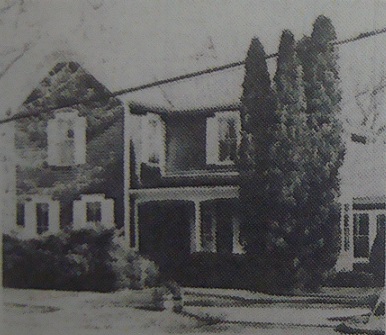 Cook House 508 Cedar, Allegan (1866) This house was built for Henry Cook, a Van Raalte colonist of Dutch Reformed faith and a local builder. He was an elder for the Presbyterian church. |
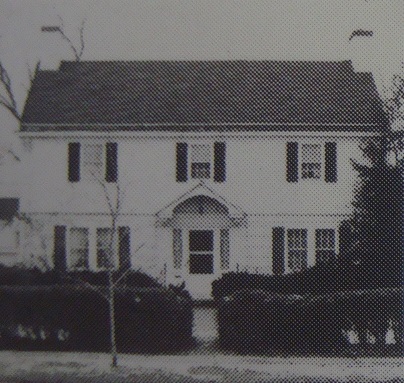 Field-Baker House 348 Monroe, Allegan (1852,1919) Hollis S. Baker remodeled his house in 1919 giving it its Colonial Revival appearance. Mr. Baker was elected president Feb. 1923 of the newly formed Allegan Furniture Shops, concentrated on fine furniture after taking over his father's business. |
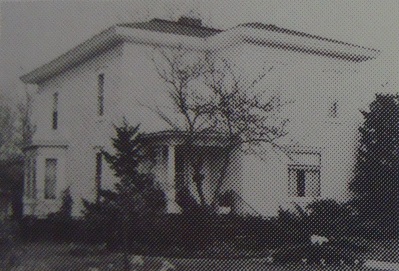 Littlejohn-Stern House 320 Monroe, Allegan (1888, 1908) Initially Flavius J. Littlejohn, a priminent jurist, legislator and author owned this home before it was extensively remodeled for Gustav Stern, Allegan's first mayor in 1905. |
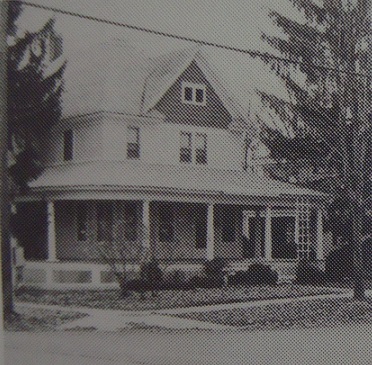 Griswold House 320 Walnut, Allegan (1894) A prominent lumberman and merchant, Isaac Griswold built this Queen Anne style house for resale, as they lived in an apartment over their Locust Street store. Marilla, Isaac's wife, gave Griswold Auditorium as a gift to the city. |
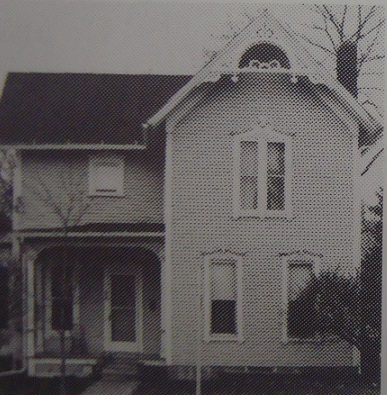 Jones House 215 N. Cedar, Allegan (1866) In the mid-nineteenth century, this upright and wing house form type house was very popular. In 1929, this house was moved to allow for construction of the Griswold Auditorium. |
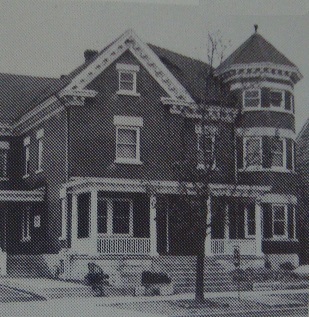 Allegan County Historical Museum 113 Walnut, Allegan (1906) This Queen Anne style building was used as the sheriff's residence and county jail until 1962 when it was given to the Allegan County Historical Society to be used as a museum. |
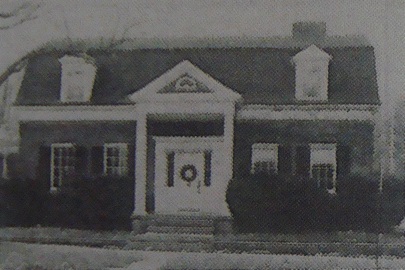 Thew House 423 N. Cedar, Allegan (1856, 1902) This building was originally built as a barn and then converted to a parsonage of the German Methodist Church. Charles Thew, a prominent attorney and probate judge remodeled it as a Dutch Colonial. |
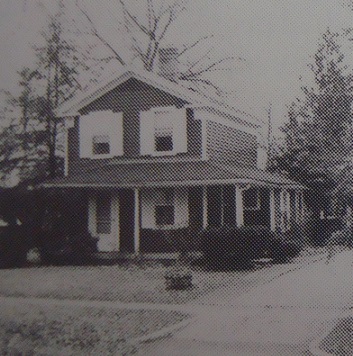 Lay House I 348 Cutler, Allegan (1844) This Greek Revival house is the first house George T. Lay built as his home. Later, he moved to Monterey township, but kept the house so his children had a place to live while attending seminary (high school), and then it was used by Mr. Lay's caretaker and coachmen. He moved back to Allegan upon retiring and build the home at 342 Cutler. |
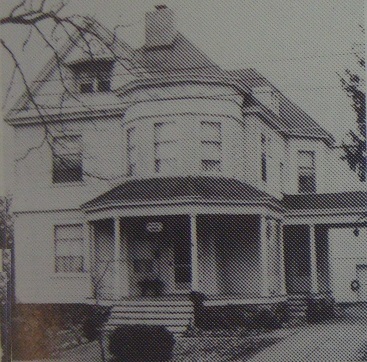 Lay House II 342 Cutler, Allegan (1896) Farming, real estate, and buggy manufacturing made George T. Lay a wealthy man. Being competitive, he instructed his builder to make this Queen Anne house bigger and more expensive than Horace D. Moore's mansion. Since, Mr. Lay insisted on a bathtub large enough to bathe himself all at once, he had the largest bathtub in Allegan. |
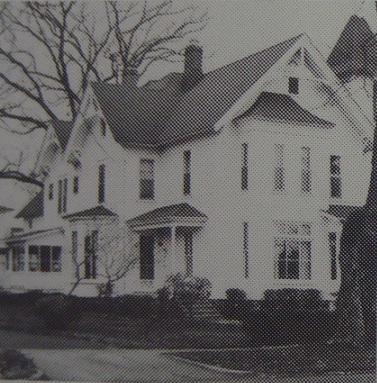 Moore House 323 Walnut, Allegan (1884) When Horace D. Moore, a lumber baron who lived in Saugatuck near his lumber mill moved to Allegan to retire, he built this impressive house featuring porches, bay windows, and decorative trusses in the gables. |
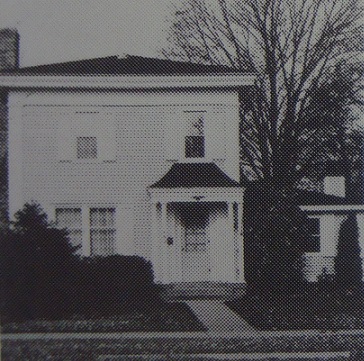 W.B. Jenner House 360 Monroe, Allegan (1864) This house was built for William B. Jenner, an early Allegan merchant who sold shoes and boots. His father, William C. Jenner was Allegan's first shoemaker. Both part of the organization of the Presbyterian church. |
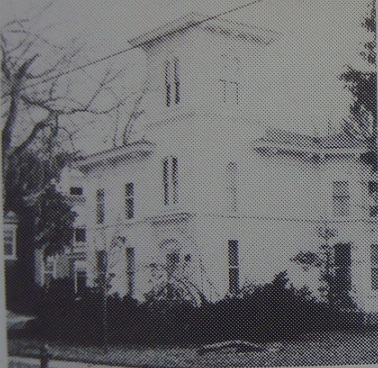 Stegeman House 357 Monroe, Allegan (1871) The founder of the Grange Store, Albert Stegeman, built this Italian Villa. Leader in the State Grange Movement, Stegeman put a cupola on the third floor, and flush siding to convey smoothness of stone. |
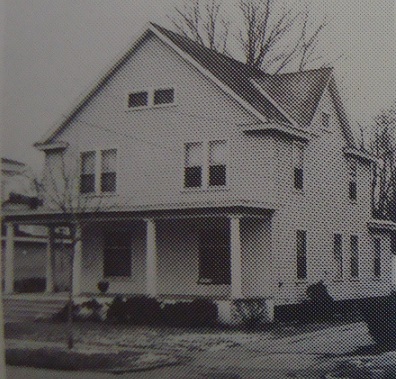 Phillips House 352 Monroe, Allegan (1904) This modest house with a classical porch was home to hardware dealer John W. Phillips. |
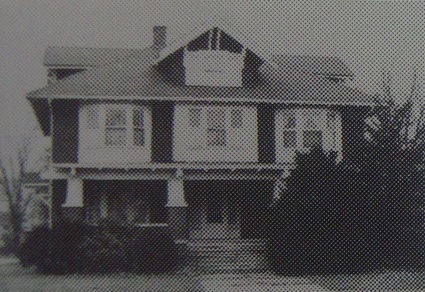 Horan House 317 N. Cedar, Allegan (1913) This Craftsman type home began in the last years of the 19th century. It was build for Edward Horan, an Allegan merchant and owner of the Grange Store. |
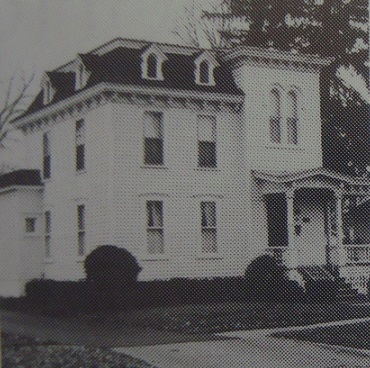 Meska-Sutphin House 516 Trowbridge, Allegan (1858, 1878) Gustaff Meska, a German immigrant built a once simple house on this location. Benjamin Sutphin, a seed and produce business man remodeled it in 1878. This house is Allegan's only example of the Second Empire style. |
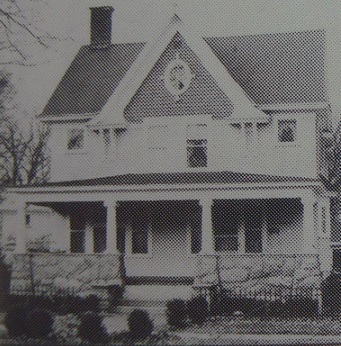 Maentz House 326 Cutler, Allegan (1905) This Colonial Revival home was built for George S. Maentz. Note the ornamental stonework and Ionic columns on the porch, and the brackets and ovalchurch window decorating the central gable. |
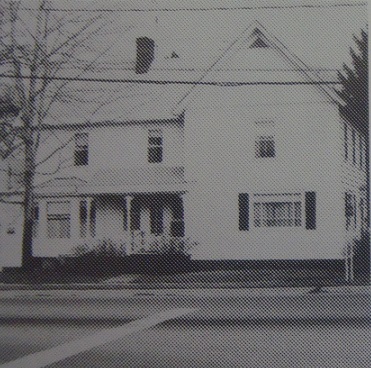 Peck House 352 Cutler, Allegan (1888) A shoe salesman, George F. Peck won the Louisiana State Lottery Grand Prize and with the winnings he had this house built. had. With pressure from his wife, a closet was put in every room, quite unusual for that time. |
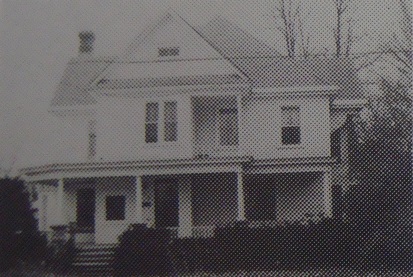 M. Sherwood House 330 Monroe, Allegan (1886) Marion Sherwood, a local merchant and businees partner to Isaac Griswold, built this Queen Anne style house. |
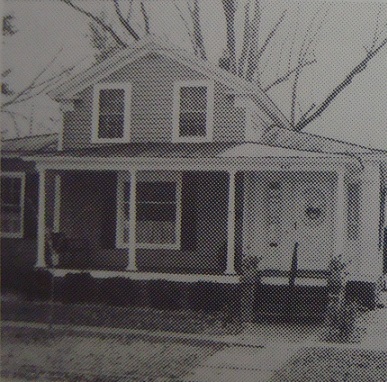 W.C. Jenner House 417 Monroe, Allegan (1836) This Greek Revival, basilica-type house is one of Allegan's oldest surviving homes. The one story winged house was moved to its present site in 1863. It was home to Allegan's first shoemaker and first village president, William Jenner, formerly from Britain. At a later time, he and his son T.C. Jenner started a dry good business in Allegan. |
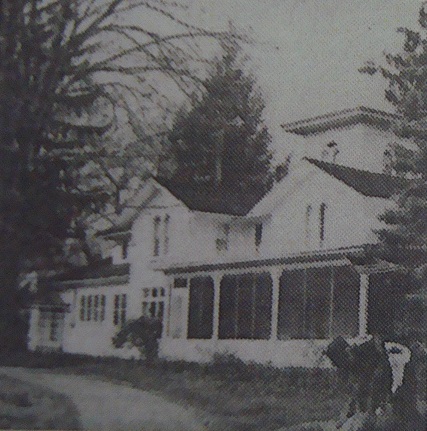 Booth House 107 DeLano, Allegan (1868-1871) A lumberman, Oscar T. Booth, had this Italian Villa built. In 1870, Mr. Booth was appointed Foreman of the Hook-and-Ladder Company for the fire department for less than a year. The home with paired, arched windows and a pagoda-tower with finial and balconies are common themese of this style. |
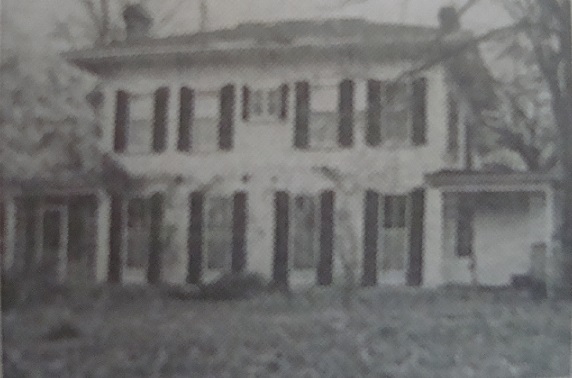 William B. Williams House 320 Davis, Allegan (1856) Attorney William B. Williams built this Italianate house after his arrival in Allegan. He was elected US Congressman and served as a member of the Michigan State Senate for the 17th District from 1867-1870. In 1877, he was appointed by the Governor as a Railroad Commissioner. As an ex-congressman, he recruited Company I of the Fifth Calvary, entirely an Allegan County organization. |
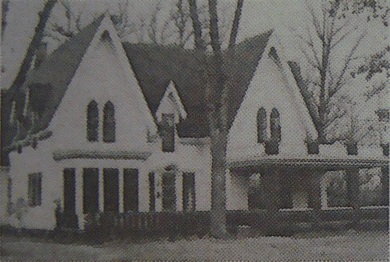 General Pritchard House 330 Davis, Allegan (1866, 1867) This Gothic Revival house was built for Gen. Benjamin D. Pritchard, attorney and banker. Pritcher was commander of the 4th Michigan Cavalry, which captured Confederate President Jefferson Davis in 1865. Later, Pritchard was elected commissioner-inspired of the State Land Office and served two terms as Michigan's state treasurer. |
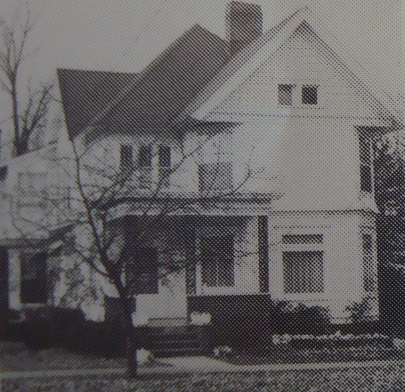 L. Stein House 409 N. Cedar, Allegan (1892) Leonard Stein, a partner in the leading department store Stein and Griswold, built his own Queen Anne house next door to his brother John. |
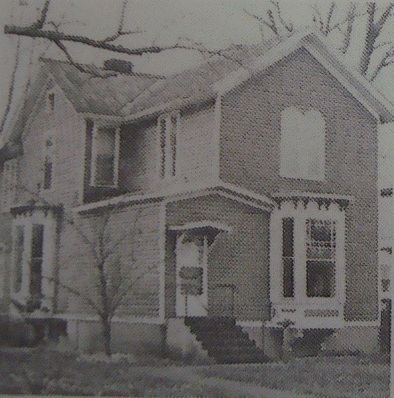 Judge Padgham House 125 Crescent, Allegan (1888) This house was constructed for Judge Phillip Padgham, who served as proscecuting attorney for Allegan County from 1875-1879. He served as President of the village of Allegan from 1890-1891. |
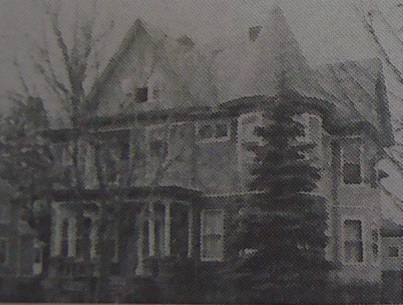 Weeks House 133 Crescent, Allegan (1894) This excellent example of a Queen Anne style house, with the Palladian window in the front gable,was built by Harold C. Weeks. He was a real estate dealer who handled the land abstract office. |
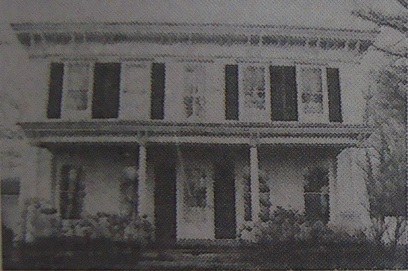 Porter-Mix House 300 Davis, Allegan (1855) This large Italianate house was built for James B. Porter, Michigan's secretary of state in 1861. Later, Gen. Elisha Mix, an engineer, industrialist, and commander of the 8th Michigan Calvary Regiment during the Civil War purchased it. |